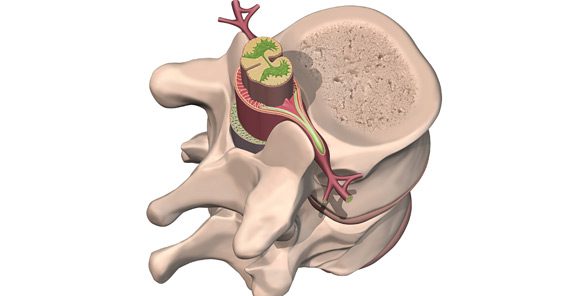According to some estimates, spinal surgery is performed more than 400,000 times each year in the United States. The back pain that often results in the need for surgery is just as widespread, with approximately 80 percent of the population likely to experience it at one time or another. If conservative treatments such as the application of heat or ice and the use of anti-inflammatory or pain medications aren’t helping, spinal surgery may be worth considering. Fortunately, many procedures can now be performed in a way that’s not so invasive.

When to Consider Spinal Surgery
Spine surgery is unique in that it only becomes a possibility when there is a structural cause of pain that has been identified, such as a herniated disc or a sideways curvature of the spine (scoliosis). It’s just as important to receive an accurate diagnosis when considering spinal surgery to increase the likelihood you’ll experience relief. For instance, surgery for a herniated disc won’t help if your pain is coming from another source. On the other hand, if you’re experiencing increased discomfort and non-surgical treatments for a specific condition are no longer effective, spinal surgery may benefit you.
Common Types of Spinal Surgery
Fusion surgery is the type of spine surgery performed most frequently in the United States, with an extreme-lateral lumbar interbody fusion (XLIF) being a minimally invasive version of it. Special instruments and techniques are used to protect healthy tissues as up to two-thirds of the problem disc is removed and replaced with graft material. Performed through a tubular device, a micro endoscopic discectomy is an increasingly common surgery done to remove all or part of a damaged spinal disc. It’s typically performed using incisions that are less than an inch in length. The growing list of minimally invasive spine procedures also includes:
- Endoscopic discectomy to remove a herniated disc
- Lateral lumbar interbody fusion to correct spinal deformities
- Laminotomy or laminectomy to decrease spinal pressure

Preparing for Spinal Surgery
Patients are often encouraged to arrange for assistance around the house and with routine errands during the initial healing process in advance of surgery. Ordering post-opt medications ahead of time can also make the recovery period smoother. Another way to prepare for spinal surgery is to develop a solid understanding of what to expect from the procedure by scheduling a separate appointment solely to ask questions and get information.
Spinal Surgery Recovery
It may take several weeks or months to fully recover from spinal surgery, depending on the specific procedure performed. With fusion surgery, the average recovery time is one to three months. Patients who have a minimally invasive procedure often benefit from:
- Shorter hospital stays and recovery times
- Fewer complication risks
- A faster return to normal activities
Spinal surgery is a last resort for most people with persistent backaches or radiating nerve pain. Yet many forms of back surgery, including common procedures once performed exclusively as open procedures, are becoming more reliable due to the use of minimally invasive techniques. If you think spinal surgery may benefit you, begin a discussion with your doctor to determine what options would likely provide relief or help you reach a point where your discomfort is manageable.
